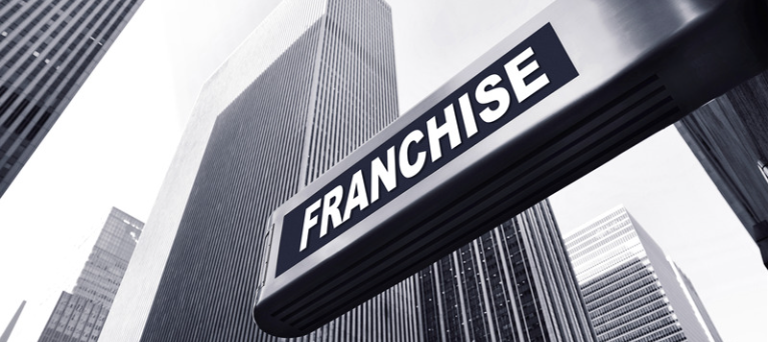Introduction to the History of Franchising
While many people think about franchising as starting with McDonald’s, the most popular single franchise chain in the world, the history of franchising actually goes back much further.
The kinds of social structures that one can think of as being franchises can potentially be traced back hundreds and hundreds of years to early churches and religious/political institutions. Even companies such as the East India Company of Great Britain can be thought of as a kind of franchise.
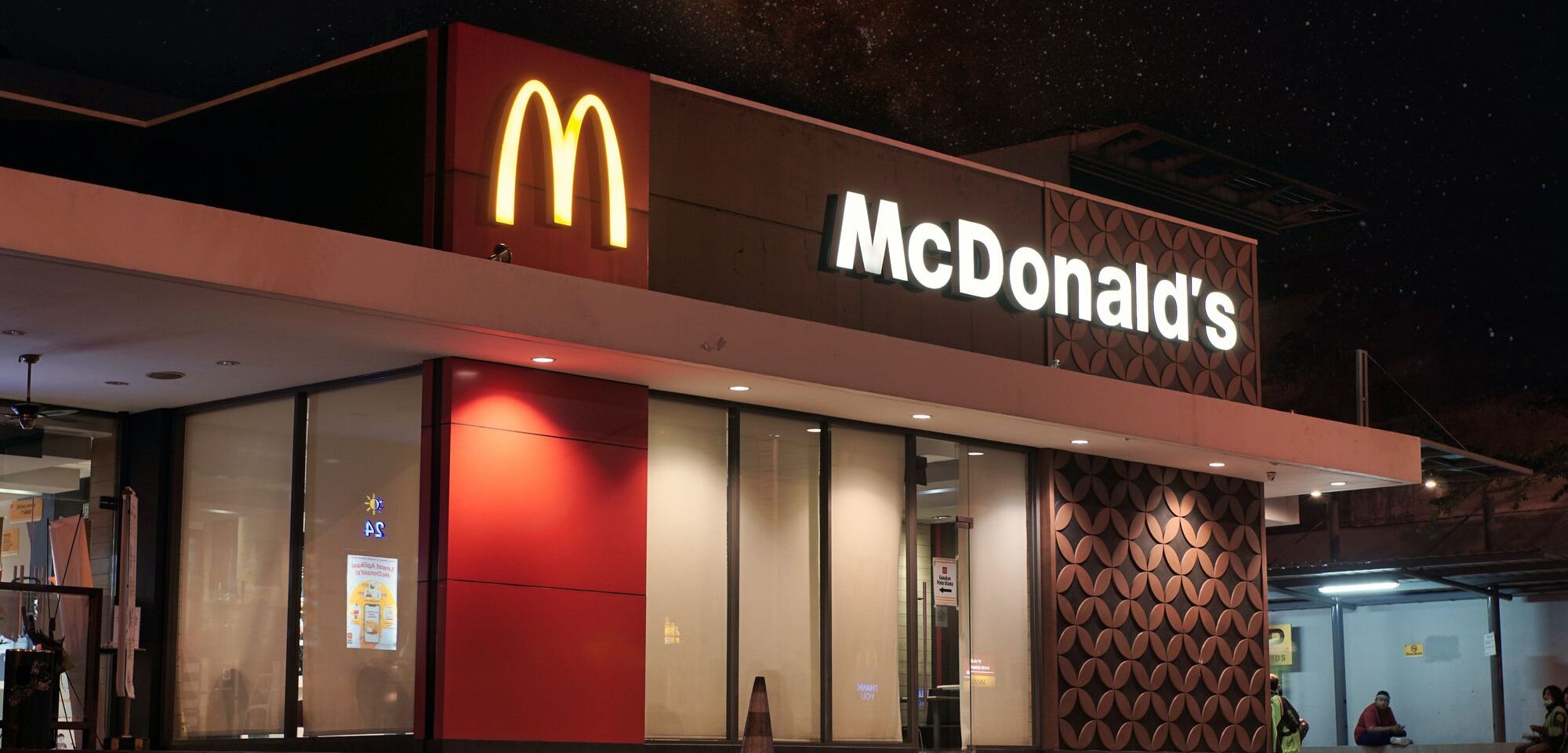
The franchise in the modern sense can probably best be traced to breweries and taverns which were established in the United States in the 1800s.
Eventually, the fast food industry in America popularized the current form of franchising we see today. With a simple, easy-to-replicate business model, chains like McDonald’s and Subway have expanded rapidly to become household names the world over.
Here is an overview of the history of some of the businesses which developed the concept and legal status of the franchise and revolutionised the way that companies do business as a result. From ancient Rome to modern-day America, the idea of expanding a business by granting others the right to use its name and methods has evolved into the phenomenon we know and love today.
The Birth of Franchising in Ancient Rome
It all started in ancient Rome, where the practice of franchising was born. The Roman Empire was expanding rapidly, and the ruling class needed a way to efficiently administer the new territories they had conquered. They came up with an ingenious solution. They granted local leaders the right to govern in the empire’s name in exchange for a share of the profits.
This system, known as “franchise,” was a success, and it was soon adopted by other empires, such as the Persian and Chinese empires. It allowed rulers to expand their power and influence without having to devote too many resources to administering their newly acquired territories.
The Revival of Franchising in the Middle Ages
The concept of franchising went dormant for a few centuries, but was revived in the Middle Ages with the rise of merchant guilds. These guilds were associations of merchants who controlled trade in a particular town or city.
They granted franchises to other merchants, allowing them to use the guild’s name and reputation to establish their own businesses.
In exchange for this privilege, franchisees were required to pay a fee and abide by the guild’s rules and regulations. This allowed the guild to exert control over trade and ensure that goods were of a high quality.
Examples of craft guilds include weavers, dyers, armourers, bookbinders, painters, masons, bakers, leatherworkers, embroiderers, cobblers, and candlemakers. Merchant guilds, on the other hand, exerted control over trade practices in a town and held significant power and influence over the local economy.
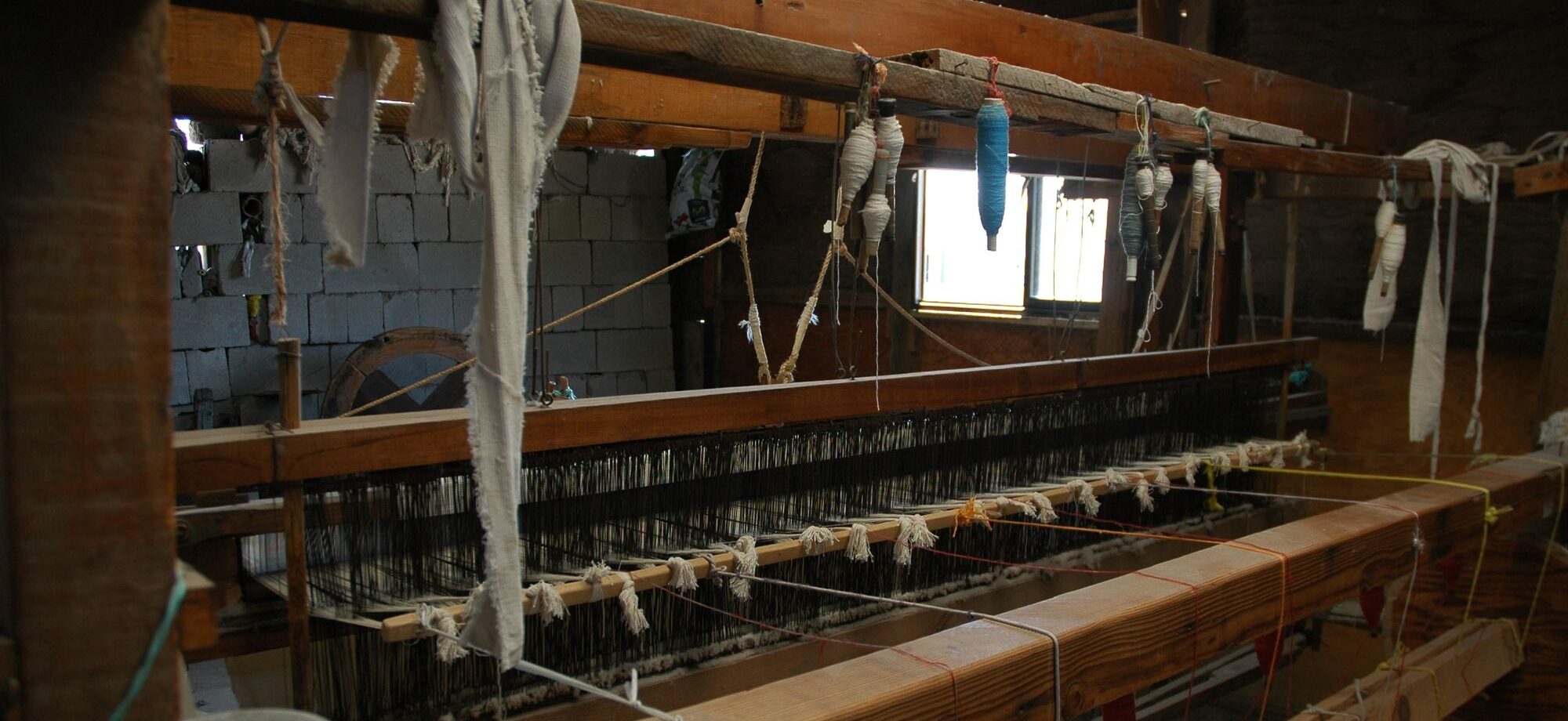
The Modern Era of Franchising
The modern era of franchising began in the 19th century in America with the advent of the Singer Sewing Machine Company. In 1856, Isaac Singer began granting franchises for the sale and repair of his sewing machines. It proved to be a hugely successful business model, and other companies soon followed suit.
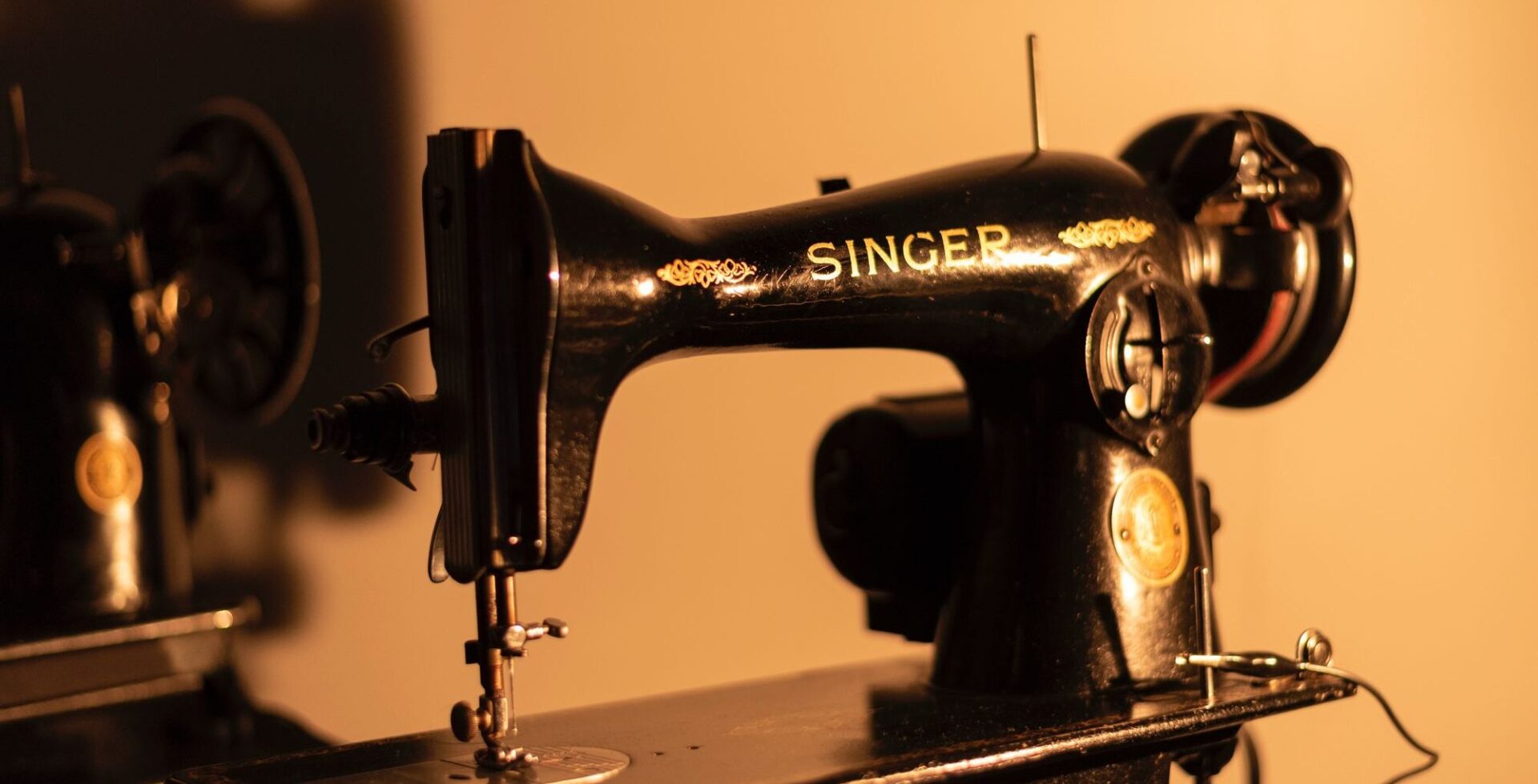
England and Europe were also parts of the world which gave rise to what we would think about as franchises today.
Breweries would create purchasing agreements with taverns throughout Europe. As a result, the taverns would only sell products from certain breweries and received preferential rates on their products in exchange.
With the exception of the purchase agreement and the resulting financial assistance, there would be no continuing control between the breweries and the taverns.
This kind of purchase agreement also existed between various retail stores and the companies which produced different kinds of products. A store would agree to only stock a particular brand of a product and receive a better price as a result.
The Franchise Chain Concept
Franchising would change to include the area of a “chain” element – the idea that all of the stores in a franchise would look and act the same way – for example when transportation was improved.
The more mobile people became, the more of a call there was for them to enjoy the same products and experiences away as they did at home.
The Harvey House Restaurant Chain
There were a couple of chain stores before the birth of the modern highway system. The first restaurant chain that there is any record of in the entire world is the Harvey House restaurant chain. This was created by Englishman Frederick Henry Harvey in 1852.
The Harvey House restaurants were created along a line of transportation – the Atchison, Topeka & Santa Fe Railroad. A partnership between Frederick Henry Harvey and the railroad allowed him to acquire discounts on railroad shipping of the goods needed for his restaurants.
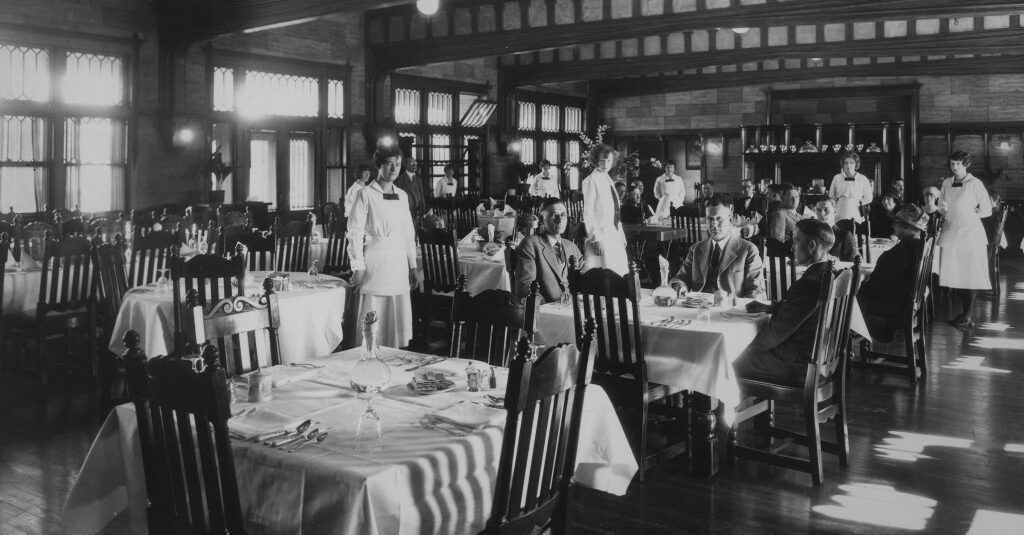
In exchange, Frederick Henry Harvey set up his restaurants at the railway depots and provided the passengers with a consistent dining experience within the stations. Over several decades the Harvey House restaurant chain expanded until there were restaurants spaced along the railway every hundred miles.
The A&W Restaurant Chain
Drive-in restaurants became popular with the rise of the automobile, and one of the earliest chains during this period was the A&W; restaurant chain.
Now known also solely for their root beer product line which is represented in stores across the United States, A&W; was at one point a drive-in restaurant chain which offered sandwiches along with their famous root beer floats.
White Castle Franchise
Another franchise which remains today, but not in its original restaurant form, is White Castle – a well-known hamburger chain, founded in Wichita, Kansas in the year 1921.
Many of the things which we take for granted about the restaurant industry were invented by White Castle.
For example, White Castle was the first restaurant to provide its customers with packaging for takeaways as well as napkins which were disposable and made from paper instead of cloth.
Franchising was on the rise along with the automobile and the growth of the transport system. More and more restaurants were drawing up franchising agreements so managers from other towns could create their own instances of the most popular regional attractions.
Post War Expansion
There was a large increase in the franchise industry after the Second World War, which resulted in an explosion of all kinds of franchises (particularly restaurant chains). Families grew and with many owning their first automobiles would go on vacations wanting to enjoy the same food in different states.
Restaurant Chains
The 1930s, 1940s and 1950s saw the birth of many of the restaurant chains which have become the largest fast food/restaurant franchises today. These include Carvel, Kentucky Fried Chicken, Dairy Queen, Dunkin Donuts, Burger King, the International House of Pancake, and McDonald’s.
Service Centre Franchises
Of course, there were also franchise chains which were not restaurants. Some of the earliest of these were related to automobiles, as you would expect.
Instead of taking their chances at a service station run by locals who might not have the right parts or expertise to handle a car problem, drivers would prefer to stop at a location which had a consistent supply of tools, parts and service know-how. It would operate the same way on the outside and the inside as any other location in the chain.
Sales and service centre businesses which focused on mechanical goods also profited from the franchise model. Centres catered to people who wanted to buy or repair their Singer brand sewing machines. McCormack Harvesting Machine centres grew across the rural Midwest giving farmers access to quality assistance with their harvesting/combine equipment.
Mass Production
Mass production was a big influence on the growth of the franchise industry. Back when products were created mostly on-site, it was difficult to provide a consistent experience in restaurants or any kind of business. The differing levels of skill, as well as intrinsic differences in the ways that people would create the same product, would lead to natural variations.
When products were being created in centralized factories, quality and consistency could be easily achieved. Improved transportation then made it possible for these identical products to be sent to distant locations, providing people with the same kind of product wherever they lived.
Regulation of Franchising
Hundreds and hundreds of franchise locations opened up during the Post-war period. Franchisors, keen to capitalise on this explosive growth, became more interested in selling large numbers of franchise agreements (and taking advantage of large franchise fees) than in making sure that the individual franchise businesses were successful.
These changes led to regulation. Certain American states started enacting laws making it necessary for franchise companies to adhere to certain policies of disclosure.
In today’s franchise market, any franchise operating in the United States or Canada must create and provide a disclosure document. This contains information on business practices, profit and expense numbers and lots of other useful pieces of data. It can help a prospective franchisee decide whether or not it has a good chance of being profitable.
The goals of the franchise companies have also changed. They now spend more time providing advice and aid to their franchisees and less time simply adding franchise locations.
One of the most influential companies in the rise of the provision of advice and support in the franchise industry was Western Auto. They developed the franchisor/franchisee relationship to an extent which was previously unknown. As a result, it is now common for the franchisor to provide extended services such as training, site selection assistance, merchandising and marketing assistance.
This was uncommon in the past and what was then called franchising was actually more like what is today called licensing.
Conclusion
The franchise business has certainly had a long and interesting history, evolving from a way for ancient empires to expand their power to a modern-day business strategy, and has continued to grow in recent decades.
Many of the most popular franchise chains have expanded from the United States into other Westernized countries as well as various emerging markets around the world. We can only expect that the franchise business model will continue to be successful with further increases in international opportunities for travel.
So, the next time you take a bite of your favourite fast-food burger, remember the rich history of franchising that’s behind it!


